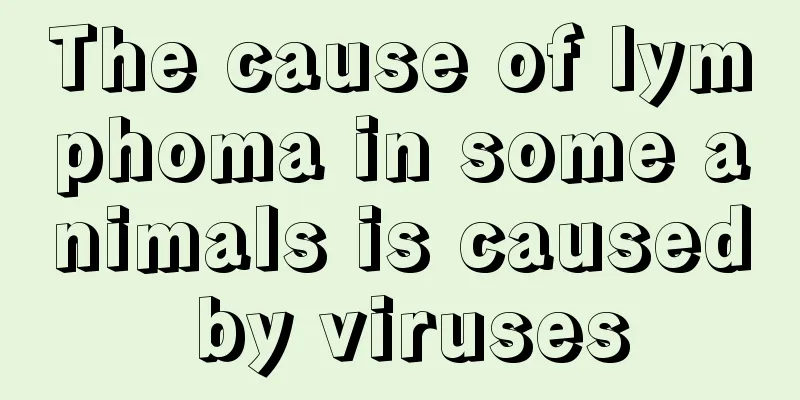Bacillus amyloliquefaciens

|
It is well known that Bacillus amyloliquefaciens belongs to a type of bacterial strain, which has powerful effects such as antagonizing boats, releasing antibacterial substances, improving soil, and reducing pesticide residues. It is precisely because of this that Bacillus amyloliquefaciens has played a widespread role in scientific research, experimental testing and other related fields. So what other mechanisms of action does Bacillus amyloliquefaciens have? Bacillus amyloliquefaciens is used for experiments and scientific research and belongs to the strain category. Bacillus amyloliquefaciens has a significant degradation effect on butachlor.Bacillus amyloliquefaciens is a Gram-positive bacillus that can contaminate hospitals' 75% alcohol disinfectant, moisture-damaged houses, and food, causing infections in special populations with low immunity, such as newborns and infants, and housing contamination health syndrome. 【Mechanism of action】 The mechanism of action of Bacillus amyloliquefaciens mainly includes secretion of antimicrobial substances, antagonism, competition for nutrients and space, induction of host resistance and promotion of plant growth. 1. Secretion of antibacterial substances: Produces low molecular weight antibiotics and active substances such as antibacterial proteins or peptides to inhibit plant diseases It can also promote plant growth as a rhizobacterial. It is synthesized by non-ribosomal pathway, has small molecular weight, good thermal stability, and contains D-amino Lipopeptide antibiotics, which are resistant to protease hydrolysis and organic solvents, play a major role in the inhibition of plant pathogenic bacteria, fungi, viruses and nematodes in biological control applications. 2. Antagonism: Microorganisms produce antimicrobial substances through assimilation to inhibit the growth or development of harmful pathogens or directly Kill pathogens. Directly interact with pathogens. In addition to producing secondary metabolites such as antibiotics, it also produces a series of extracellular hydrolases that play an important role in inhibiting pathogens. 3. Competition for nutrition and space: They can quickly seize the nutrition space of the wounds of fruits and vegetables to grow, survive and reproduce in large numbers, and consume the nutrition of the wounds as quickly as possible.This prevents pathogens from obtaining suitable nutrition and space conditions and from reproducing, thus inhibiting the occurrence of diseases. 4. Induce host resistance: When plant tissues suffer mechanical damage or infection by pathogens, a series of physiological and biochemical reactions will spontaneously occur in the body to resist the damage caused by these factors to itself. Bacillus amyloliquefaciens can induce this natural defense mechanism in plants. 5. Promote plant growth: Bacillus amyloliquefaciens can produce gibberellins, indoleacetic acid, cytokinins and other bioactive substances. It contains physiologically active substances and amino acids, which promote the growth of plant roots and plants, enhance plant disease resistance, and thus indirectly reduce the occurrence of diseases.
1. Broad-spectrum and high efficiency in disease resistance and antibacterial inhibition: Experiments have shown that this product has significant preventive effects on soil-borne diseases such as tomato leaf mold, early blight, gray mold, cucumber wilt, anthracnose, melon wilt, pepper late blight, wheat, rice sheath blight, corn leaf spot, and soybean root rot. 2. Resistance to stress, anti-aging and growth promotion: Bacillus amyloliquefaciens can induce crops to produce superoxide dismutase (SOD), polyphenol oxidase (PPO), peroxidase (POD), etc., to improve crop resistance to stress; it can induce plants to quickly secrete endogenous auxin, promote rapid rooting of crops, improve root development ability, and promote healthy growth of plants. 3. Improve soil and increase fertility: Bacillus amyloliquefaciens can improve the rhizosphere microecology of crops, activate potential nutrients such as insoluble phosphorus and potassium in the soil, improve soil, loosen soil compaction, curb soil degradation, and improve soil fertility. 4. Reduce pesticide residues and increase yields: Bacillus amyloliquefaciens can degrade residual pesticides in the soil and fruits, reduce nitrite content, increase the vitamin and sugar content of fruits and vegetables, improve the quality of agricultural products, increase crop yields, and facilitate storage and transportation. Improve and prolong fertilizer effectiveness and reduce the use of chemical fertilizers. |
<<: How to remove the hair around the anus
>>: The efficacy and function of golden tiger eye stone
Recommend
What exactly is dietary fiber
Nowadays, people's living standards have grea...
How to protect eyes from the sun
Whether it is summer or winter, everyone should p...
How long can you live after ovarian cancer removal
How long can patients with ovarian cancer live? M...
How to deal with turbid well water
In ancient times, people did not have the current...
What do meridians in traditional Chinese medicine refer to
Many health clubs now offer Chinese medicine weig...
What should I do if the zipper is difficult to pull?
We often encounter the situation that zippers are...
How to treat cortisol tumor?
Cortisol disease is a very rare disease in life. ...
What is the method of making tea
Tea has a long history and there are many types o...
Can you eat bitter lilies?
Many people know that lily has the effect of nour...
How to delay menopause and prevent early menopause
Menopause is something that middle-aged women are...
How to peel green walnuts
Everyone knows that walnuts are very nutritious a...
How to practice street dance Thomas
Everyone must have seen street dance performances...
Can night vision glasses see things clearly at night?
For car owners, all the necessary items for daily...
What are the causes of esophageal cancer
Esophageal cancer is a malignant tumor of the dig...
What to do if you can't breathe in the late stage of nasopharyngeal cancer
What should I do if I have difficulty breathing i...









